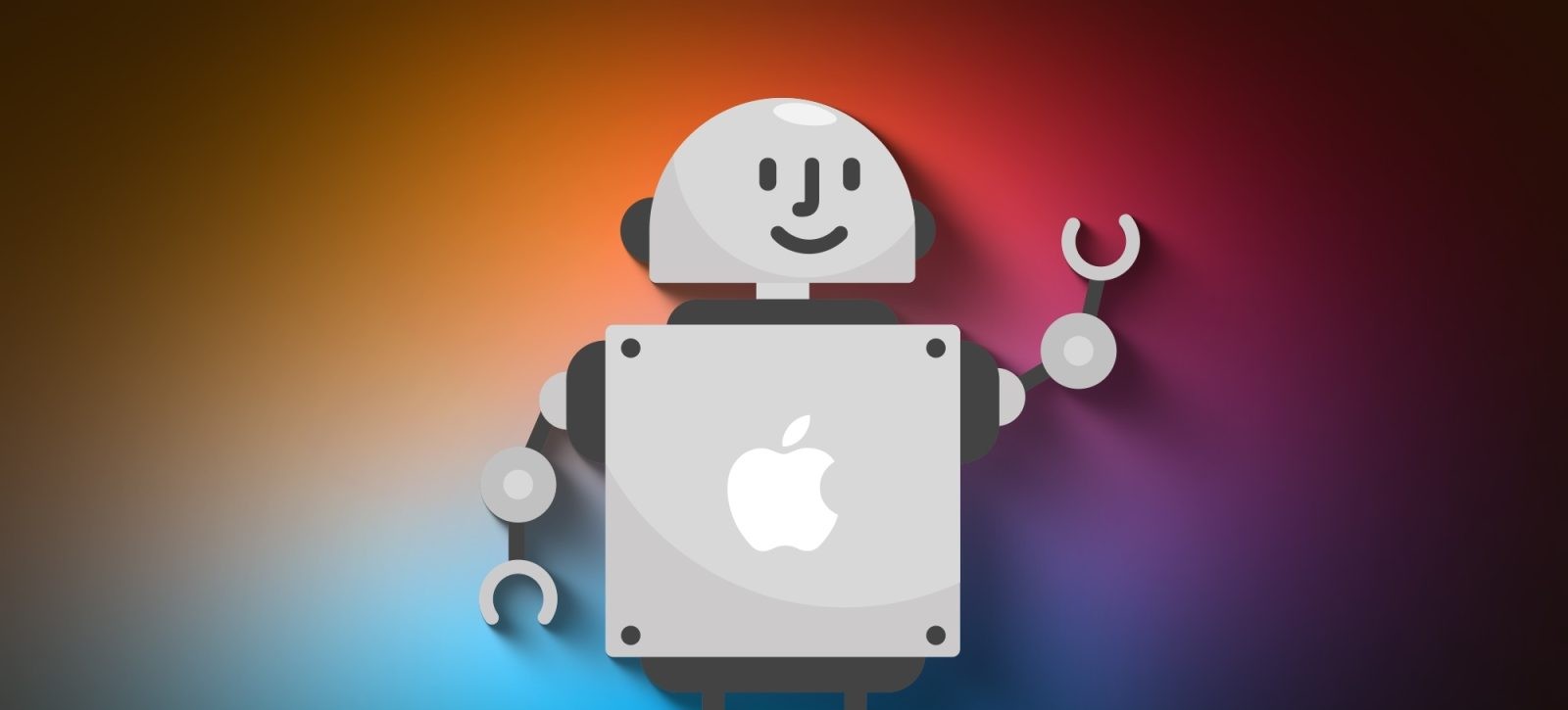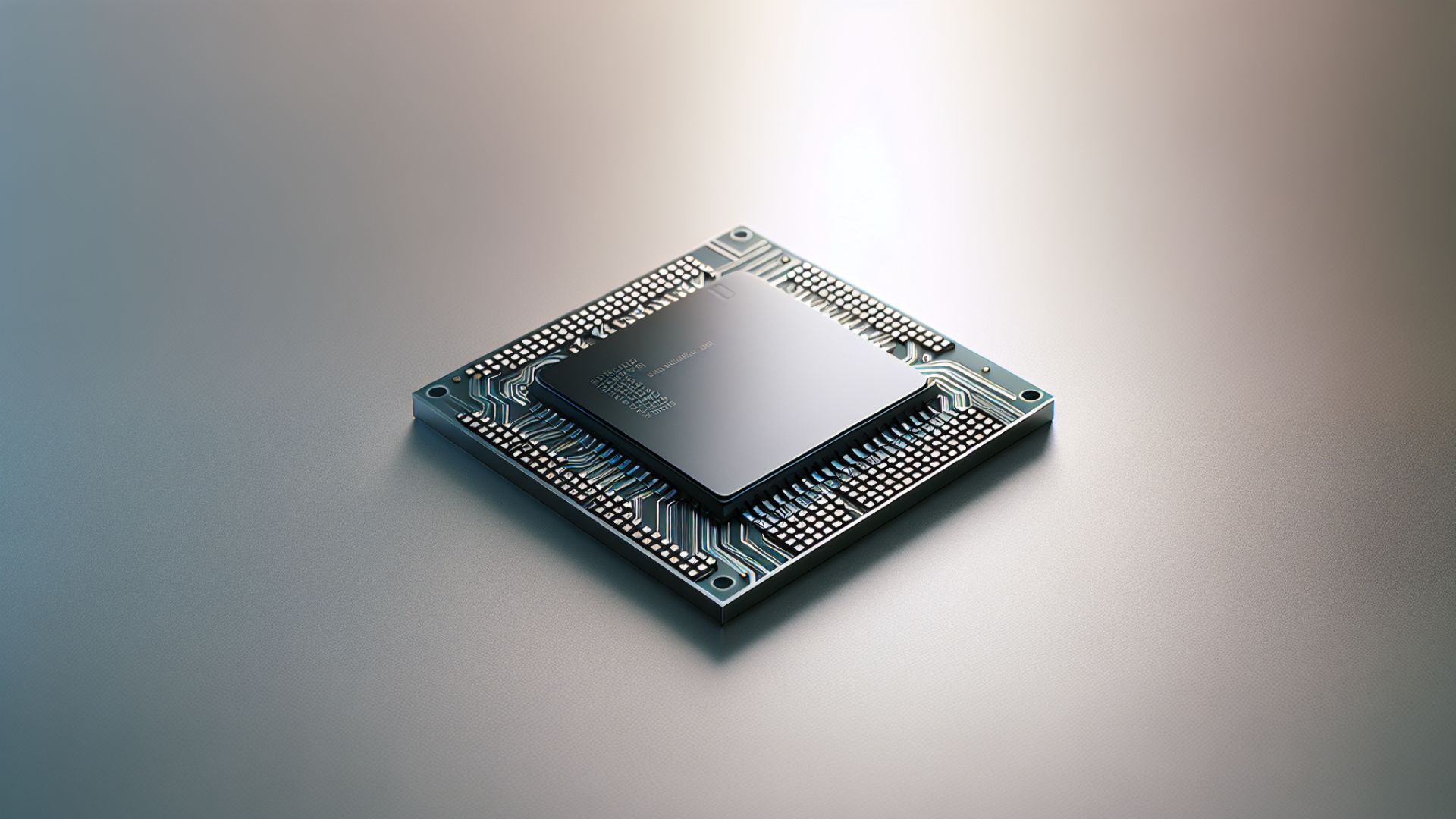In a significant organizational realignment, Apple Inc. is transferring its robotics division from the oversight of John Giannandrea, Senior Vice President of Machine Learning and AI Strategy, to John Ternus, Senior Vice President of Hardware Engineering. This move underscores Apple’s commitment to integrating robotics more deeply into its hardware development processes.
Background on Leadership Changes
John Giannandrea, who joined Apple in 2018 after a tenure at Google, has been instrumental in advancing Apple’s artificial intelligence (AI) and machine learning initiatives. His leadership has been pivotal in enhancing Siri’s capabilities and integrating AI across Apple’s product ecosystem. However, recent developments indicate a strategic shift in responsibilities within the company.
Details of the Transition
The robotics team, previously under Giannandrea’s purview, is now set to report to John Ternus. Ternus, a veteran at Apple since 2001, has played a crucial role in the development of key products, including the iPhone, iPad, Mac, and the Vision Pro headset. His promotion to Senior Vice President of Hardware Engineering in 2021 positioned him as a central figure in Apple’s hardware innovation efforts.
Implications for Apple’s Robotics Projects
Apple’s robotics division is engaged in several ambitious projects aimed at enhancing user experience within the home environment. Notably, the team is developing a tabletop device featuring an iPad-like display mounted on a robotic arm capable of dynamic movement. This device is envisioned to serve as a home command center, facilitating activities such as video conferencing and home security monitoring.
Additionally, the team is exploring the development of a mobile robot designed to autonomously navigate and assist users within their homes. This initiative reflects Apple’s broader strategy to integrate advanced robotics and AI into consumer products, thereby expanding its footprint in the smart home market.
Strategic Considerations
The reassignment of the robotics team to Ternus’s leadership aligns with Apple’s objective to streamline hardware and software integration. By consolidating hardware engineering and robotics under a single leadership, Apple aims to enhance the synergy between its AI capabilities and hardware innovations.
This organizational change also suggests a potential reevaluation of Apple’s AI strategy. With Giannandrea’s focus shifting more towards foundational AI technologies, the company may be positioning itself to strengthen its core AI competencies while allowing hardware leaders to drive product-specific AI applications.
Broader Context
This leadership transition occurs amidst a series of strategic shifts within Apple. The company recently discontinued its electric vehicle project and is placing increased emphasis on mixed-reality technologies and home automation. The reallocation of the robotics team signifies Apple’s intent to prioritize and accelerate its efforts in the robotics domain, potentially positioning itself as a leader in the emerging home robotics market.
Conclusion
Apple’s decision to transfer its robotics team to the hardware engineering division under John Ternus reflects a strategic move to integrate robotics more closely with hardware development. This realignment is indicative of Apple’s commitment to innovation in the smart home sector and its broader vision of creating seamless, AI-driven user experiences.


